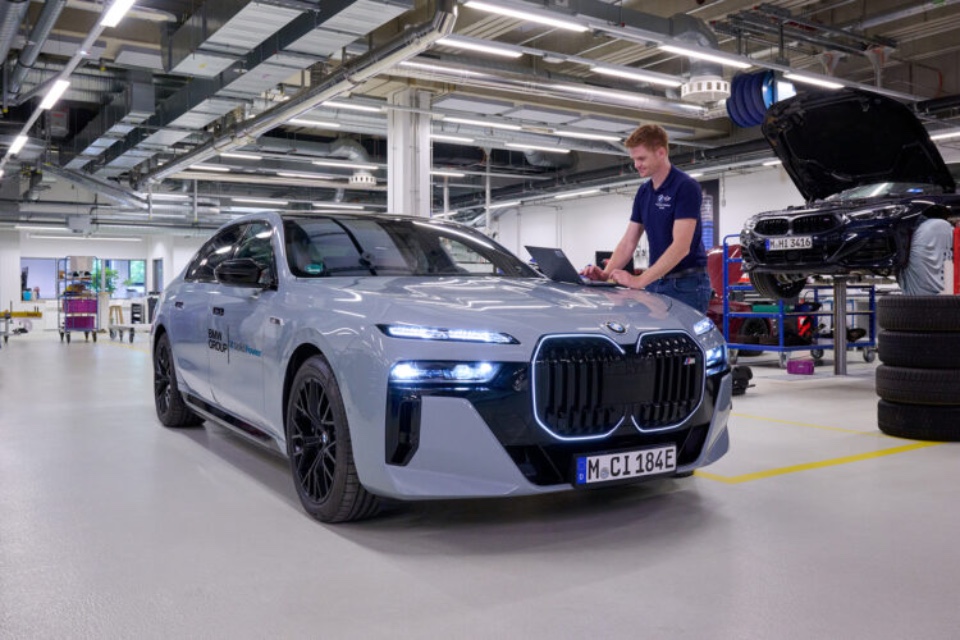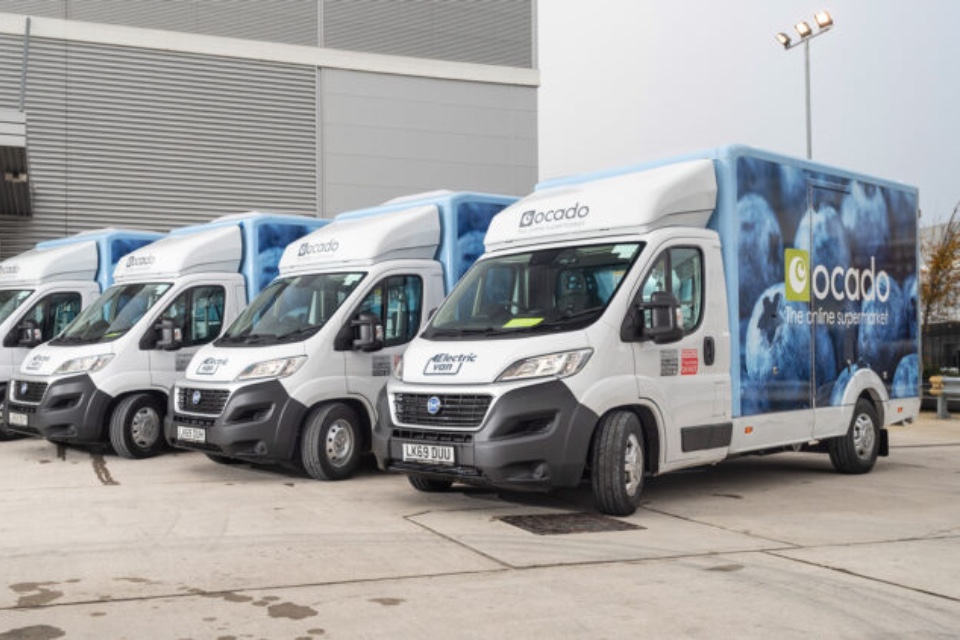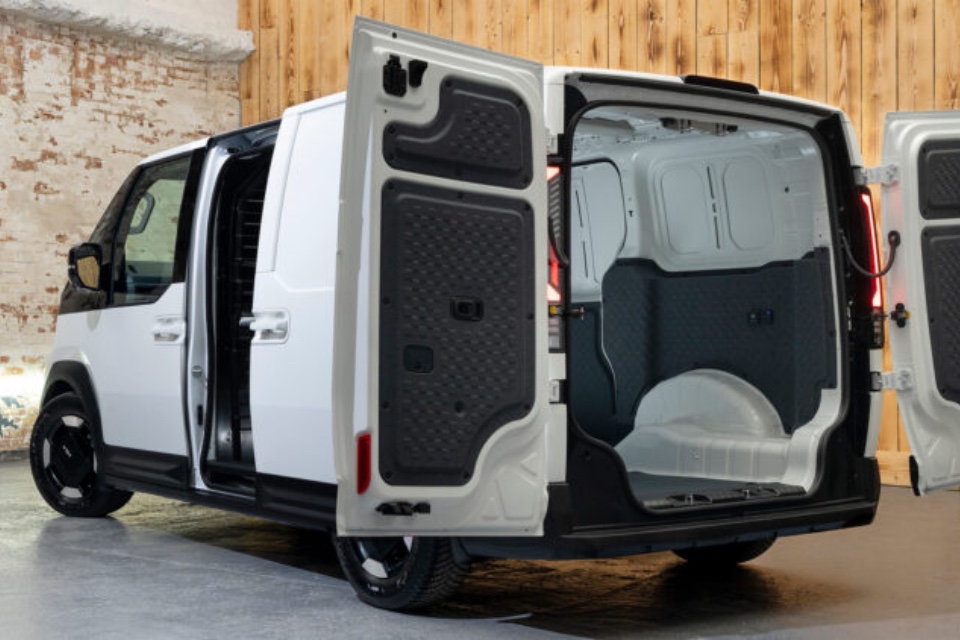THE WHICHEV VIEW: What does Bentley’s EXP 15 Concept tell us about the future?

By WhichEV Bentley Motors has unveiled the EXP 15, a breathtaking all-electric design vision concept that offers a compelling glimpse into the storied marque’s electrified future. Presented at the official opening of its new design studio in Crewe, the concept car is a bold reimagining of the luxury grand tourer, blending early 20th-century heritage with 21st-century […]
THE WHICH EV VIEW: Will the UK’s petrol stations disappear by 2038?

By WhichEV The familiar sight of the local petrol station could soon be a memory, with new analysis revealing that the UK is on track to have no petrol or diesel forecourts left by 2038. The stark prediction comes as the number of electric vehicle (EV) charging hubs is growing at an explosive rate, set to […]
THE WHICHEV VIEW: BMW’s 497-mile iX3 sets pulses racing

By WhichEV BMW has fired the starting gun on its electric future, unveiling the technological blueprint for its next generation of vehicles. The first model to carry this new DNA into production will be the BMW iX3 (replacing the previous model with that name), a Sports Activity Vehicle (SAV) set to roll off production lines […]
BMW begins on-road testing of all-solid-state battery (ASSB) cells in i7

By WhichEV The BMW Group, in a significant stride towards next-generation electric vehicle (EV) power, has commenced on-road testing of all-solid-state battery (ASSB) cells in a specially equipped BMW i7. This milestone, achieved in partnership with US-based specialist Solid Power, Inc., sees large-format, pure ASSB cells integrated into a vehicle operating in the Munich area, […]
THE WHICHEV VIEW: Call for government to provide more support for large van EV transition

By WhichEV A leading UK-based vehicle electrification company has called on the government to take immediate steps to support the transition of large van fleets to lower-emission alternatives, warning that the country’s net-zero ambitions are at risk without more flexible policy support. In an open letter sent to senior government officials, including the Secretary of […]
THE WHICHEV VIEW: Kia debuts PV5 electric van in UK

By WhichEV Kia has officially entered the UK electric commercial vehicle sector, unveiling its first purpose-built electric van — the PV5 — at the 2025 Commercial Vehicle (CV) Show. The company has also announced an all-new dealer and service network, focused exclusively on supporting businesses making the shift to electric. Pre-orders for the PV5 Cargo and PV5 Passenger […]
THE WHICHEV VIEW: Humax readies MX7 2nd-gen business chargers for UK market

By WhichEV Humax has announced the launch of its second-generation EV home charger, the MX7, which is set to arrive in the UK from June 2025. The new product range will offer both residential users and businesses access to bi-directional, vehicle-to-grid (V2G)-ready charging technology, with a particular focus on energy efficiency, safety, and compatibility with […]
THE WHICH EV VIEW: Smart jumps on the EV SUV bandwagon

By WhichEV Smart Europe has announced the launch of its newest model, the smart #5, which marks the company’s entry into the mid-size SUV market. The smart #5, which is set to have its European premiere, is not only a significant expansion of the brand’s all-electric line-up but also its most versatile vehicle to date. Scheduled […]
THE WHICHEV VIEW: Are autonomous EV buses on the way?

By WhichEV Renault Group, in collaboration with its partner WeRide, is making significant strides in the field of autonomous public transportation. The automotive giant aims to revolutionise the way we think about mobility, particularly in urban and peri-urban environments. This initiative aligns with growing interest from local authorities and mobility operators eager to adopt sustainable and […]
THE WHICHEV VIEW: Hands on with the Volvo ES90

By WhichEV WhichEV was invited to Stockholm to get hands-on with Volvo’s latest electric vehicle, the ES90, which promises to improve charging speed and driving range through the use of 800-volt technology. Volvo told us that the ES90 can add up to 300km/186mi of range in just 10 minutes when connected to a 350kW fast-charging station. The […]


